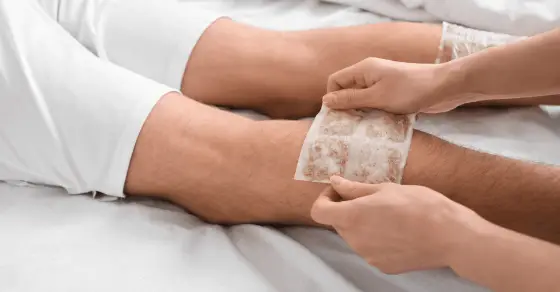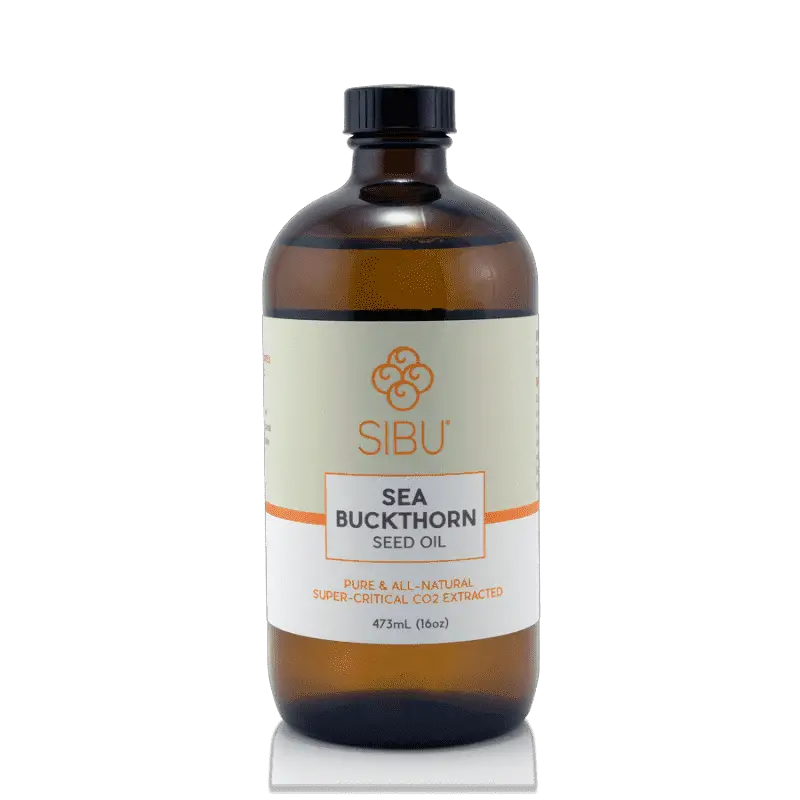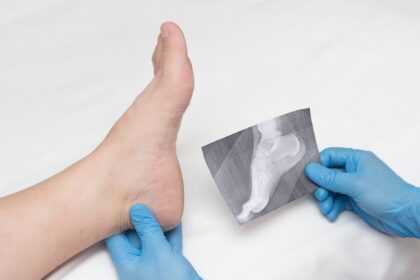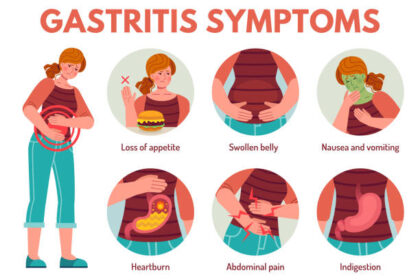Modern medicine has brought us far, but some of the most powerful healing secrets still come from the ancient world. One such remedy, used by the Greek physician Hippocrates over 2,000 years ago, continues to hold its ground even today for those who prefer natural healing over pharmaceuticals.
This age-old solution isn’t some exotic herb or hard-to-find ingredient—it’s a simple, three-ingredient paste that can be made at home and applied externally to relieve conditions like bronchitis, pneumonia, chest congestion, and even joint pain from arthritis or rheumatism. Known as the mustard plaster, this remedy was once a household staple in many parts of the world.
Let’s explore how this ancient solution works, what it does, and how you can use it safely today.
What Is a Mustard Plaster?
A mustard plaster is a poultice or topical compress made using a blend of flour, mustard powder, and warm water. It’s applied to the chest, back, or painful joints to stimulate circulation, open up airways, and draw out inflammation.
The idea behind this remedy is simple: mustard contains compounds that heat up the skin and stimulate blood flow. When combined with flour (to dilute the intensity) and water (to activate the ingredients), it creates a therapeutic warmth that helps your body fight inflammation and clear out mucus.
Hippocrates, often referred to as the father of medicine, used this formulation as part of his broader approach to healing with natural elements, including food, herbs, and topical preparations.
Why Mustard?
The mustard seed contains powerful compounds like glucosinolates, which break down into allyl isothiocyanate—a chemical that produces heat and irritation on the skin, triggering the body’s natural healing response.

When applied topically, mustard stimulates the nerve endings in the skin, which leads to a reflexive improvement in blood flow, muscle relaxation, and relief from congestion or pain. This is why mustard plasters are used to:
- Loosen phlegm and ease chest congestion from colds or bronchitis
- Warm the lungs and reduce inflammation during respiratory infections
- Soothe joint stiffness and pain from arthritis or rheumatism
- Encourage detoxification by drawing impurities toward the skin’s surface
Mustard also contains trace amounts of selenium and magnesium—both important for immune function and inflammation control.
The Hippocratic Mustard Plaster Recipe
This recipe calls for just three simple ingredients that you probably already have in your kitchen:
Ingredients:
- 8 tablespoons of plain flour (to dilute and stabilize the heat)
- 1 tablespoon of dry mustard powder (the active ingredient)
- Warm water (enough to form a thick, spreadable paste)
Tools Needed:
- A small mixing bowl
- A spoon or spatula
- A piece of clean cloth (cotton or cheesecloth works well)
- Optional: a towel or plastic wrap to trap heat
Step-by-Step Instructions
1. Mix the Ingredients:
In a bowl, combine the flour and mustard powder. Slowly add warm water while stirring until it forms a paste with the consistency of peanut butter.
2. Prepare the Plaster:
Spread the paste evenly onto the center of your cloth. Then fold the cloth in half so the paste is sandwiched inside. This keeps the mustard from directly touching the skin, reducing the risk of irritation.
3. Apply to the Skin:
Place the plaster on the area you want to treat—commonly the chest for respiratory issues or joints for pain relief. Secure it with another cloth or towel if needed.
4. Leave On for 10–20 Minutes:
Keep it in place until you feel a warm, tingling sensation. Do not exceed 20 minutes—mustard is powerful and can irritate or burn sensitive skin.
5. Remove and Rinse:
Take off the plaster and gently rinse the area with warm water. Pat dry and, if needed, apply a mild oil or soothing lotion.
6. Repeat as Needed:
Use once daily during an acute illness (like a chest cold), or 2–3 times per week for chronic conditions like arthritis.
What It Feels Like
Within minutes of application, you’ll notice warmth spreading through your skin. Some describe it as a comforting heat; others may feel a slight stinging or itching sensation. This is completely normal—but always check your skin every 5–10 minutes to ensure it’s not turning too red or getting irritated.
If you notice any discomfort or burning, remove the plaster immediately and wash the area.
When and Why to Use It
This remedy shines in situations where you need to stimulate circulation or break up mucus:

- Bronchitis or Pneumonia: Helps open the airways, promotes coughing, and clears phlegm from the lungs
- Sinus Congestion: When applied to the upper chest or back, it can relieve pressure and nasal stuffiness
- Joint Pain or Rheumatism: Increases local blood flow to aching joints and muscles
- Cold and Flu Relief: Speeds recovery by supporting detoxification and relaxing the body
Warnings and Precautions
While mustard plasters can be effective, they aren’t without risks:
- Skin Sensitivity: Always dilute the mustard with flour and never apply the paste directly to bare skin.
- Short Application Time: Never leave the plaster on for more than 20 minutes. Doing so may cause burns.
- Avoid Face or Broken Skin: Never apply to sensitive areas or open wounds.
- Consult Your Doctor: If you have a chronic illness, are on medication, or are using this on a child, always check with a healthcare provider first.
Modern-Day Relevance
In today’s age of over-the-counter medications and antibiotics, remedies like this may seem outdated—but they are making a quiet comeback among those seeking natural, drug-free alternatives.
Unlike pharmaceuticals, mustard plasters don’t suppress symptoms—they support the body’s own mechanisms to clear congestion, reduce pain, and promote healing. And because they’re made from simple kitchen ingredients, they’re accessible, affordable, and easy to use at home.
Hippocrates may have lived over two millennia ago, but the wisdom of his approach still rings true: let food (and in this case, nature) be thy medicine. Mustard plasters are a shining example of how humble ingredients can offer powerful therapeutic results when used with care and intention.
If you’re battling respiratory issues like bronchitis or pneumonia—or dealing with the daily aches of rheumatism—nature has always held the key to healing. And few natural remedies are as powerful and time-tested as sea buckthorn oil.
Packed with many bioactive compounds—including omega-7, rare antioxidants, and anti-inflammatory nutrients—Sibu’s Sea Buckthorn Oil offers real support where your body needs it most: your lungs, joints, and immune system.
Whether you’re looking to breathe easier, move more freely, or simply support your body’s natural healing process…This is the one supplement you’ll want in your daily routine.






